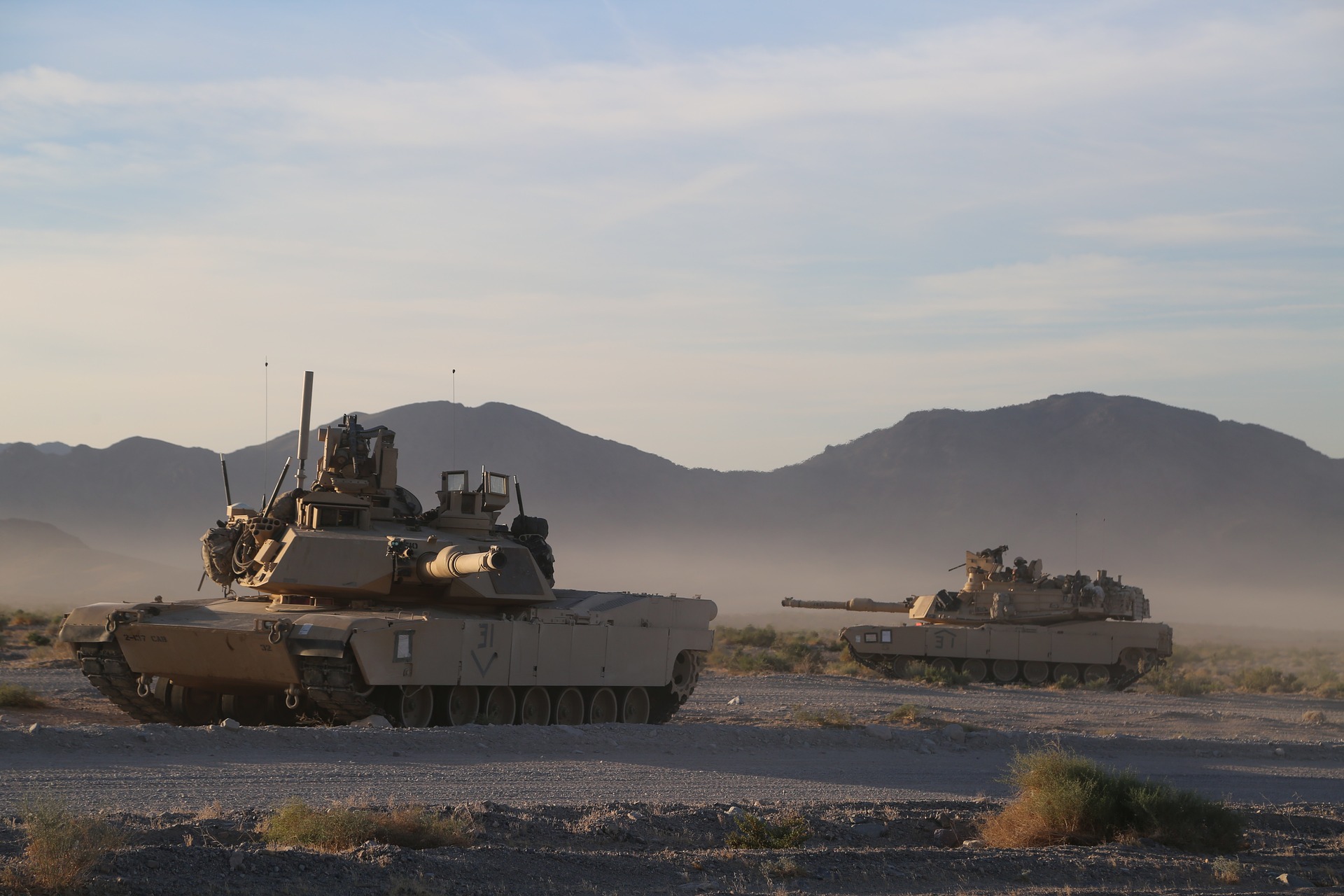
The next generation of U.S. tanks could be armored with a metal foam. The material ‘Composite Metal Foam’ gives the same protection as a hardened steel plate – but to a third of the weight.
Researchers at North Carolina State University and the US Army’s Aviation Applied Technology Directorate have jointly developed a material they call Composite Metal Foam (CMF).
The researchers’ ‘metal foa’m has a number of fantastic features and the material could end up in future U.S. tanks. They consider that the metal foam has the potential to provide the same protection as a hardened steel plate – but to a third of the weight. Now, Popular Mechanics reports that CMF could end up in the next US tanks.
As the name suggests, the material is filled with air holes, and as a sponge, the metal foam can give rise to pressure and thus catch a part of the motion energy.
Tests were carried out in 2016 already that proved that the material could also absorb the energy from a projectile when a high-speed rifle was used to shoot a cube of CMF. The projectile traveled at 835 meters per second, and with its 10.9 grams, the bullet was twice as heavy as the standard ammunition US defense uses.
When the projectile hit the metal foam, it initially formed a small crater, but the bullet then disintegrated into small fragments. In tests against conventional armor, a 1.5 cm thick steel plate was required to stop the same bullet.
CMF is also remarkably good at capturing shock waves from explosions. According to North Carolina State researchers, the shock wave is deformed and absorbed by the small spheres of air inside the material.
In addition, the material will be extremely heat resistant. Tests conducted in 2016 showed that it took three times as long for a fire to penetrate through a disc of CMF than it did with an equally thick stainless steel plate.
When building armored vehicles, the weight is paramount. Traditional tanks are protected by rolled homogeneous armor, RHA, which is based on a steel plate. Tanks that currently have twelve tons of RHA would only need four tons of CMF.
Weight loss causes spin-off effects, a lightweight tank can be equipped with a lighter engine. The fuel-efficient tank would also facilitate the logistics of the future bang-for-the-buck cost-benefit ratio for the military.
Another option, of course, is to use three times as much CMF and then end up in a tank which will in principle be impossible to knock out. Unlike reactive armor, the metal foam is effective against both effective against kinetic energy rounds, such as armor piercing rounds and the molten jet of a shaped charge anti-tank round.
CMF would be a valuable addition to the Army’s Next Generation Combat Vehicle, which seeks to replace the M1/M2 Abrams main battle tank and M2 Bradley infantry fighting vehicle. The M1 Abrams weighs more than seventy tons, and getting the weight of the Abrams’ successor down without sacrificing armor protection is a top priority.


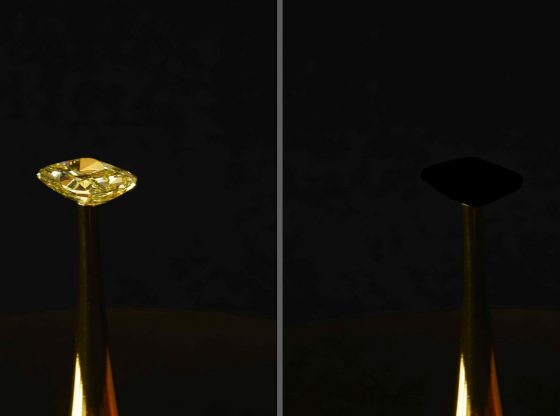
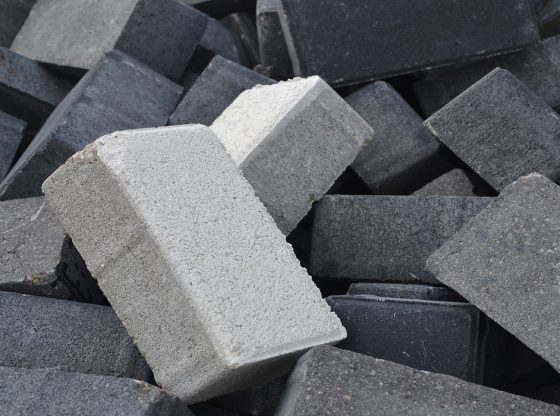
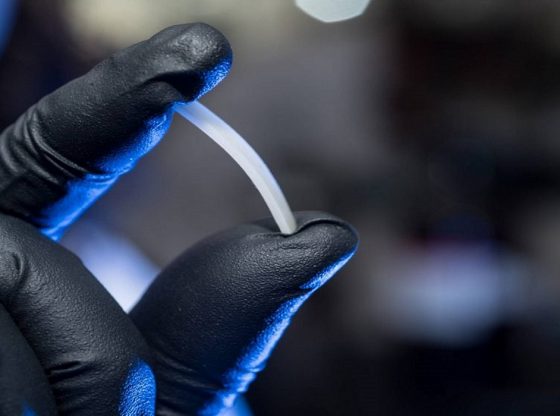
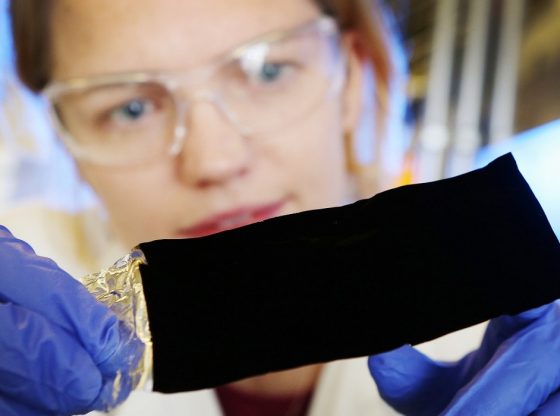
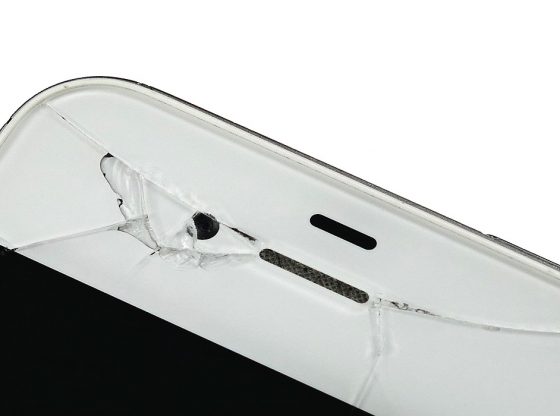
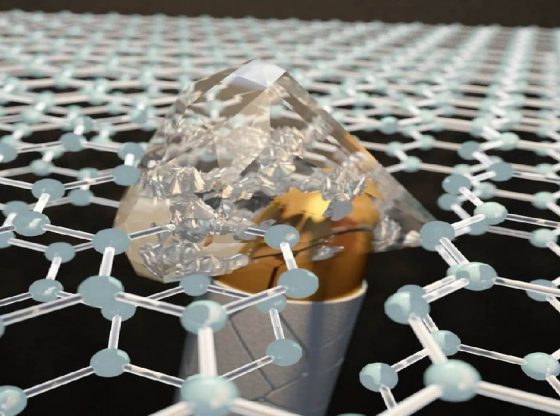
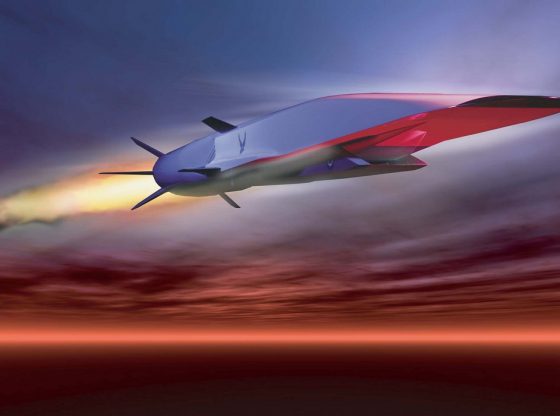


![OpenAI. (2025). ChatGPT [Large language model]. https://chatgpt.com](https://www.illustratedcuriosity.com/files/media/55136/b1b0b614-5b72-486c-901d-ff244549d67a-350x260.webp)
![OpenAI. (2025). ChatGPT [Large language model]. https://chatgpt.com](https://www.illustratedcuriosity.com/files/media/55124/79bc18fa-f616-4951-856f-cc724ad5d497-350x260.webp)
![OpenAI. (2025). ChatGPT [Large language model]. https://chatgpt.com](https://www.illustratedcuriosity.com/files/media/55099/2638a982-b4de-4913-8a1c-1479df352bf3-350x260.webp)








